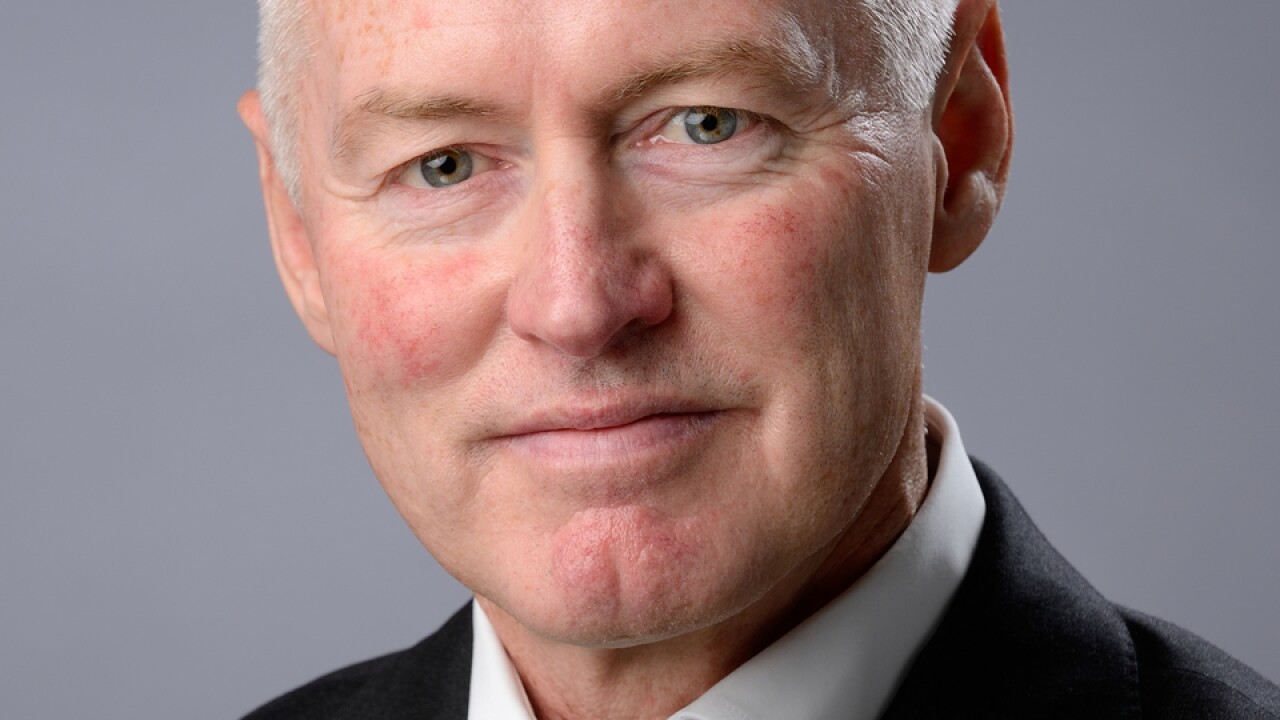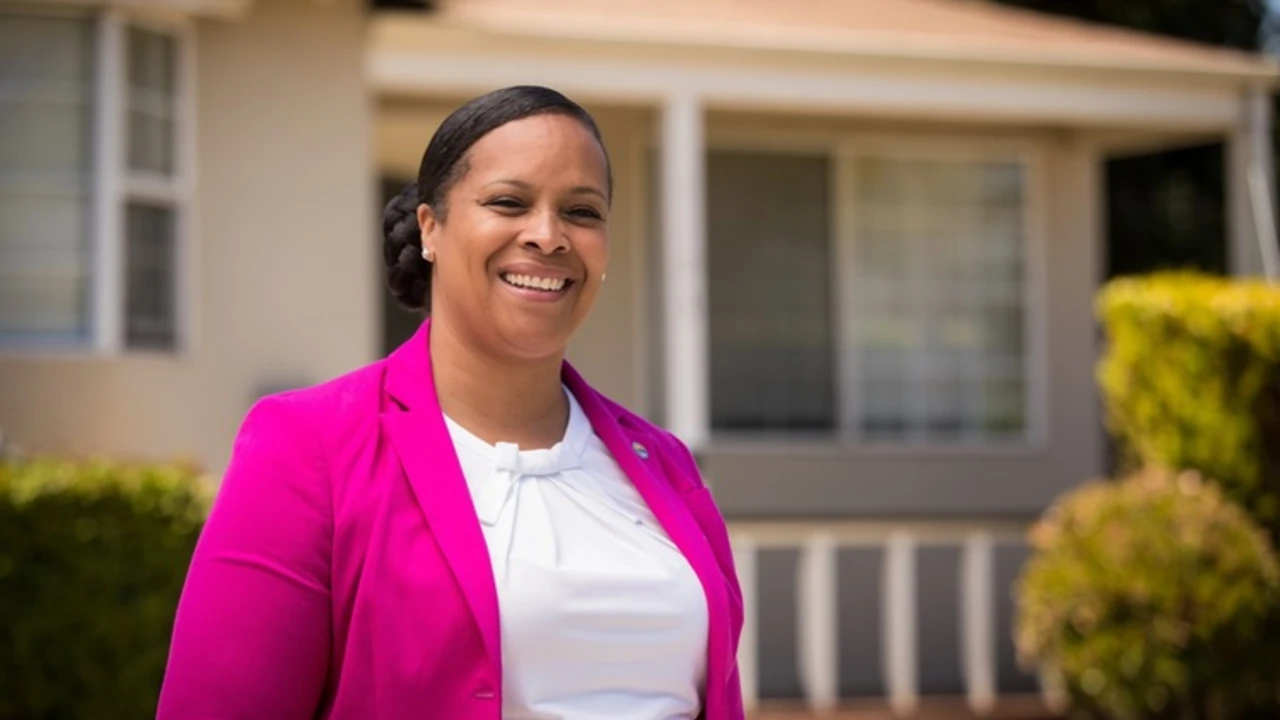
The aging of the Baby Boom generation will test municipal finances in a variety of ways.
The generation, defined by the U.S. Census Bureau as comprising the more than 78 million births between the years 1946 and 1964, has been reaching retirement age since 2010.
The proportion of the United State population age 65 or older is expected to go from 16.8% in 2010 and 18% this year to around 20.4% in 2030. At least until 2100, the elderly portion is expected to continue to rise and the portion in prime work ages 18 to 54 is expected to shrink, S&P Global said in a June report.
The aging population will drive increased demands on Medicaid. Non-profit hospitals and nursing homes will face greater demands for their services but lower likely reimbursements, analysts say.
Nursing homes and assisted living centers will also experience increasing problems with hiring skilled and experienced labor, said Mark Pascaris, senior director and analytic lead for U.S. not for profit hospital systems at Fitch Ratings. The Medicaid cuts Republicans approved in this year's One Big Beautiful Bill Act are set to roll out in 2026, 2027 and 2028 and possible future further cuts will likely hurt their finances.
At some point political or financial forces should be expected to
Any
Local governments may be called on to strengthen the safety net, Hallacy said.
The impact of the greying of America is and will be felt most strongly in the states with the highest proportion of their population above 65, which currently are Florida, West Virginia, Vermont and Maine. The impact varies from state to state, as can be seen in West Virginia and Florida.
West Virginia
West Virginia is facing a double whammy of an aging population and a slow growing economy that could eventually affect the state's credit rating. The cuts to Medicaid prescribed by the One Big Beautiful Bill Act are also troubling.
The state's overall
"West Virginia ranks third in the country in terms of aging population, and those numbers are just growing," said Osvaldo Navia, the longtime division chair of geriatrics, palliative medicine and hospice at West Virginia University before recently joining Tulane University. "We have a lot of people on low income in the state," he said. "It's becoming quite a challenge."
The West Virginia University Health System is the state's largest employer with over 21,000 employees. Walmart comes in second. The state produces about 14% of the nation's coal supply.
West Virginia's bond ratings are AA-minus from S&P Global Ratings, Aa2 from Moody's Ratings, and AA from Fitch Ratings, which affirmed the rating in November 2024. It assigns a stable outlook.
The rating incorporates the state's economic concentration in natural resource development, strong ability to control revenue and spending policy, and commitment to addressing its liability profile, said Fitch.
"West Virginia has struggled with the challenges associated with declining population and per capita personal income that is about 75% of the U.S. average and lags other states both in terms of demographic profile and trend," the rating agency said.
Working-age people leaving the state remains a concern. "West Virginia is not a population growth area and so there's probably a bit more of a challenge for hospitals operating there than their colleagues in Florida," said Fitch's Pascaris.
The state's Republican governor, Patrick Morrisey, is currently pushing a plan to sell four state-owned long-term care facilities to the Marx Development Group, a real estate development firm based in New York
The $60 million deal includes hospitals in Beckley, Fairmont, Terra Alta and West Columbia and was supposed to be done in September but has now been pushed back by the buyer. The four hospitals account for about 500 beds typically occupied by elderly patients depending on Medicaid.
Borrowing to finance the future does not have a long tradition in West Virginia as the state has only gone to market 16 times in its 162-year history. Its former governor, Jim Justice, was elected as the state's junior senator in 2024.
As governor he addressed a 2017 state budget deficit by creating a voter approved Road to Prosperity issuance which includes a mix of general obligation bonds, revenue bonds and Grant Anticipation Revenue Vehicle Bonds.
Florida
Florida's population trend presents a contrast to West Virginia, where many residents are aging in place. Florida's population is growing, though that growth has slowed, according to a
People move to Florida to retire, which drives the increasing share of Florida's population that is over 65.
Senior citizens who move to Florida tend to be wealthy, said Dominic Calabro, Florida Tax Watch president. They frequently are moving from higher-tax states in the north to income-tax free Florida.
These immigrating retirees contribute to the state's consumer activity, which has been "a net positive for the state's economy and revenues," said Thomas Zemetis, director at S&P Global.
Social Security brings in more than $80 billion per year to the Florida economy, said Jeff Johnson, Florida director for the American Association of Retired People. Medicare spending helps the economy. Older Floridians contribute more in state and local taxes than they receive in services because they don't have children in school, Johnson said.
In September, Amy Baker, coordinator for the Florida Office of Economic and Demographic Research, said in the past most of the state's population growth was from migration to the state, but in the future all of the growth will stem from this.
Baker and her staff predict a population increase of 6.3% by 2030 and further population growth in Florida at least through 2050.
About 75% of the surviving Baby Boom generation have reached the standard retirement age of 65. In 2030 the first of the Baby Boomers will turn 85 and residents age 85 or older tend to make heavy demands on state government services, Baker said in September 2025.
Projected
The portion of the state 65 or over is expected to go from 17.3% in 2010 and 21.2% in 2020 to 24.7% in 2030, according to the Office of Economic and Demographic Research.
The counties in 2025 with equal to or more than 32.1% of the population 65 or older are Citrus, Sumpter, Indian River, Martin, Highlands, Charlotte and Sarasota, all of which are in central Florida.
Pascaris and Zemetis agreed that the state's overall population growth, across all age groups, is a credit positive for the state. The growing population increases the labor force, which generates state revenues that can be used to pay, for example, Medicaid, Pascaris explained.





